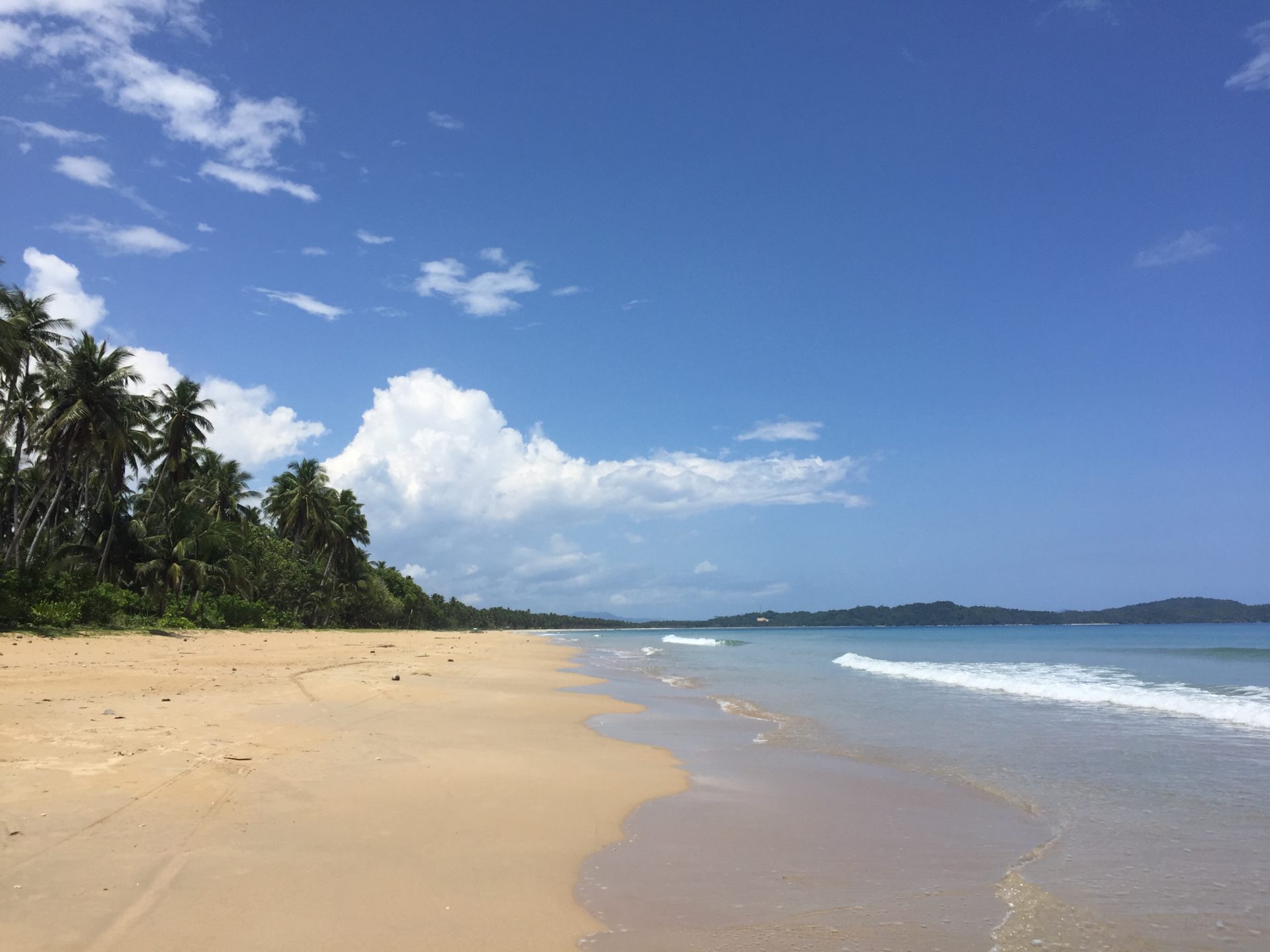DOT: ‘New Normal’ in Domestic Tourism
DOT: ‘New Normal’ in Domestic Tourism

The corona virus lockdown kept us away from traveling and the tourism industry is suffering but there are reasons for hope. The DOT, together with the Inter–Agency Taskforce on Emerging Infectious Diseases (IATF–EID) and several local government units (LGU), are preparing for the revival and re–opening of tourism in the Philippines once our places are classified under the modified GCQ (MGCQ).
Secretary Puyat made the statement during the Hearing of the Senate Committee of the Whole on the Impact of Covid 19, in which she presented a situationer on the country’s tourism industry and elaborated on the response measures undertaken by the Department of Tourism (DOT) to mitigate the economic impact of the pandemic.
“It is important that we embrace the new normal and equip our industry stakeholders with the appropriate tools and knowledge to recover and succeed in the post–lockdown era.”, said Secretary Puyat during the hearing.
The DOT believes that this initiative will help provide livelihoods and generate jobs for Filipinos in these identified areas where tourism is their primary source of revenue. Furthermore, the DOT believes that the early preparation will help the tourism sector transition properly and safely once travel restrictions have been lifted and domestic travel will resume for all areas.
The DOT will identify these destinations based on places that highly depend on tourism for their local economy, will be under the MGCQ classification and are relatively smaller destination where activities can be contained and better managed.
As to who are able to visit these destinations, the DOT is currently targeting residents from nearby places that are already placed under GCQ. Visiting tourists will follow LGU Issuances on strict entry guidelines.
“The safety and well–being of the both tourists and residents alike has always been the priority of the DOT. In our Tourism Response and Recovery Plan (TRRP), we have prepared initial safety plans and protocols for travelers and tourism enterprises for the new normal in travel following the community quarantine.”, said Puyat
The TRRP was made in close coordination with the respective national agencies and private sector tourism stakeholders through the Tourism Congress of the Philippines (TCP). This includes priority programs and activities in support for the Philippine tourism industry, particularly for business owners and laborers.
Some safety measures defined in the plan are:
1. Regular sanitation and disinfection of accommodation (hotels, resorts, etc.), tourist transport services, and tourism related establishments such as meeting and exhibit venues, restaurants, spas, and the like.
2. Provision of sanitation/ disinfecting devices, including PPEs, for our tourism workers.
3. Regular inspections of tourism establishments that will involve relevant agencies in relation to health and safety standards such as the DOH.
4. Implementation of physical distancing measures for tourist transportation and limiting the customer capacity of accommodation and tourism–related enterprises.
In 2018, the tourism industry made up 12.7% of the Philippines’ gross domestic product (GDP) and provided 5.4 million jobs for Filipinos. Last year, the tourism industry achieved a new milestone of 8.26 million foreign tourists.
For the first four months of 2020, the DOT recorded a 54.02 % decrease in foreign arrivals. SOURCE






